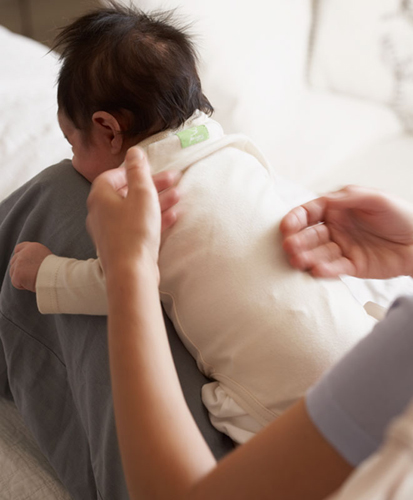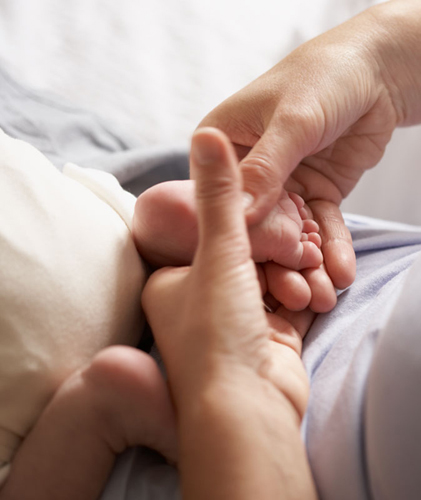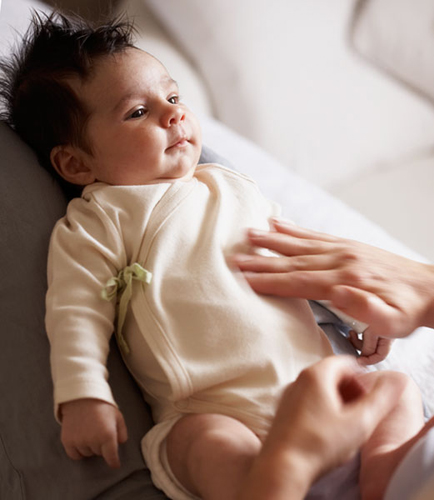Baby massage Beneficial for you both
Baby massage has long
been associated with improved parent–child attachment. It’s an activity
that allows you to focus on your baby, calm her with touch, and tune in
to her body language. As a bonding activity, it is ideal if you’re a
working parent and want to reconnect with your child.
Studies tell us that
massaging babies under six months old means they cry less, sleep better,
have lower levels of the stress hormone cortisol, and gain relief from
colic and gas. The parent–child relationship is improved—especially if
you have postpartum depression. It’s suitable for premature babies too,
who have been found to gain weight more quickly if they receive baby
massage.
| Q: |
What’s involved?
|
| A: |
Baby massage is essentially a simple method of touch involving
smooth and gentle stroking of your infant’s body. It works best if you
are relaxed yourself and have the time (ten minutes is often enough) to
fully concentrate. Your baby can be naked for the massage, or wear light
clothes, which she may prefer if she doesn’t like being undressed.
She’ll need a warm room and a soft mat or towel to lie on. Dim light can
enhance the sense of calm. Have a diaper or cloth nearby in case of an
accident during the massage. Avoid massaging within 30 minutes of a
feeding, since stroking a full belly can be uncomfortable for your baby.
You can be taught: Most areas have parent-and-child classes where you
can learn some basic techniques. Not every infant likes baby massage. If
yours doesn’t, she’ll let you know by turning away, squirming, or
crying.
|
| Q: |
Which massage oil?
|
| A: |
Experts recommend edible, or plant-based, oils rather than those
with a paraffin base. Do not use products that are likely to cause an
allergic reaction or have added fragrance; edible oils such as sesame or
peanut oil may not be suitable. Avoid essential oils.
|
Step one
Lie your baby securely on your lap or a soft mat. Start with gentle strokes over his back.

Step two
Move onto his limbs; stroke his hands and feet using soft yet firm pressure.

Step three
Turn him onto his back and massage his chest using your fingertips.
